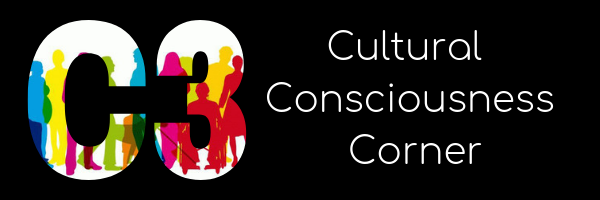
Creating Anti-Bias Environments: Visual and Material Spaces
By Diversity Solutions Group
What Does The Physical Environment Communicate About Your Center?
In general…
The most effective childcare centers know the importance of children seeing themselves in their learning environments, as well as having materials that honor diversity beyond their own identity groups. Do your learning environments and materials accurately and non-stereotypically reflect:
- All children, families and staff in your programs
- Other children and families similar to those in your program
- Children and adults from various racial and ethnic identity groups in your community
- Families from a range of economic groups performing all types of work (e.g. working class, professionals, work in the home, work outside the home, etc.)
- People with disabilities of various backgrounds working, playing, spending time with family
- Diverse family structures (two parent, single parent, same sex, grandparent, etc.)
- Images of people past and present, who have worked for social justice both in the children’s own communities and in the larger society
Checklist for Assessing the Visual Material Environment

More specifically…
More than half of the materials in the environment should reflect the identities of the specific children in that classroom. Next, make sure to include other people, groups, and families from the larger society who are missing. In predominantly White programs, be sure to go beyond traditional early childhood materials which mainly reflect middle class and professional, suburban, White people. Using materials that primarily reflect this one particular group of people teaches children from the dominant culture that they are indeed the “norm” and can imply that others are marginal or “less than” by making them invisible. Some considerations to include:
- Make sure images counter stereotypes – don’t always show boys playing outside, girls playing inside, African Americans as athletes, White people working as professionals, etc.
- Make sure images reflect both similarities and differences within every group as well as between groups
- Don’t show only traditional, ritual, or historical images of a group
- Don’t show images that depict people unrealistically, with exaggerated features that make them look like caricatures
Source: Anti-Bias Education for Young Children and Ourselves, by Louise Derman-Sparks and Julie Olsen Edwards
For additional information check out the following resources:
www.naeyc.org (check out the anti-bias section)
http://www.ncte.org/library/NCTEFiles/EquityEarlyEdBrief.pdf

